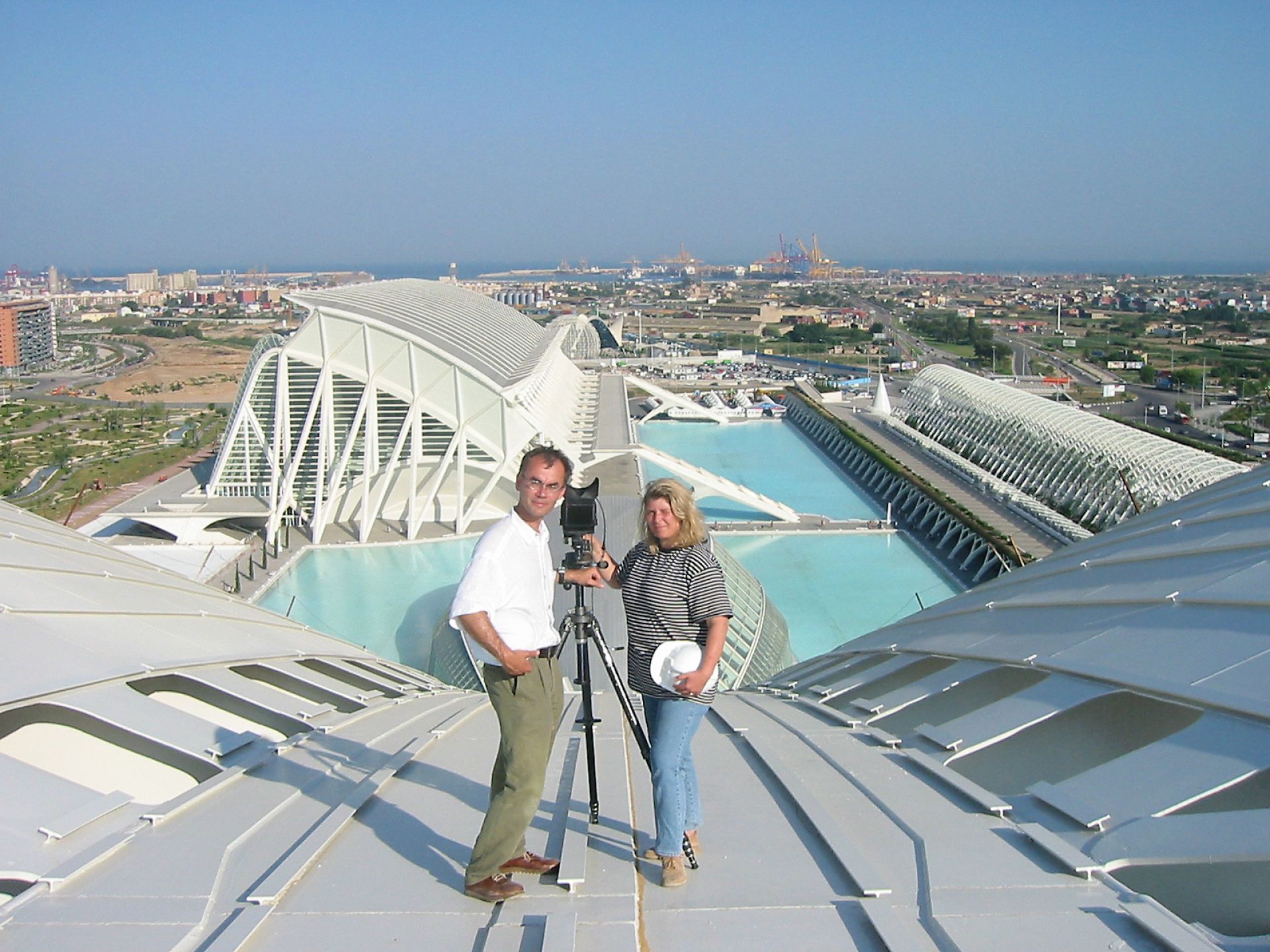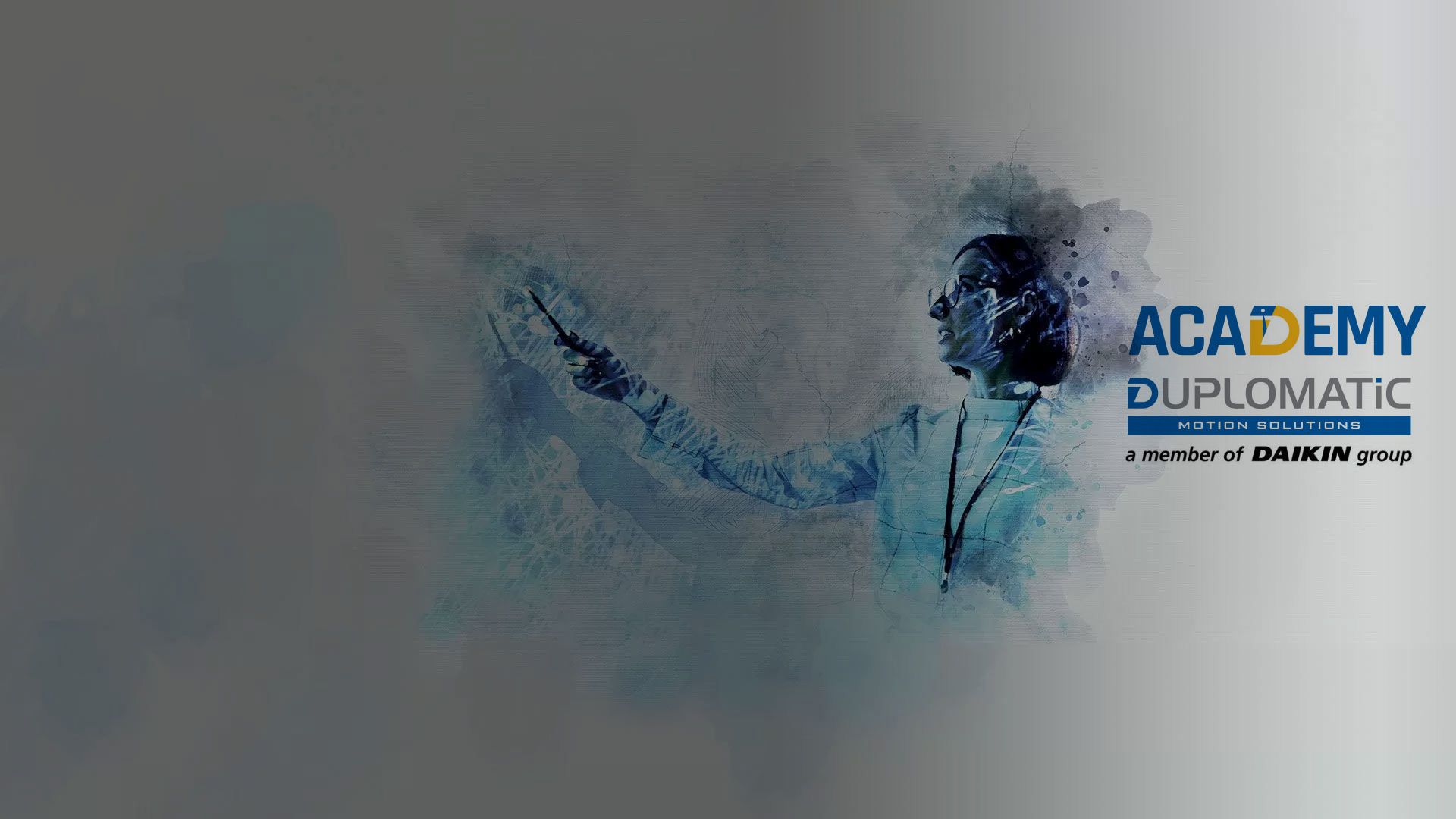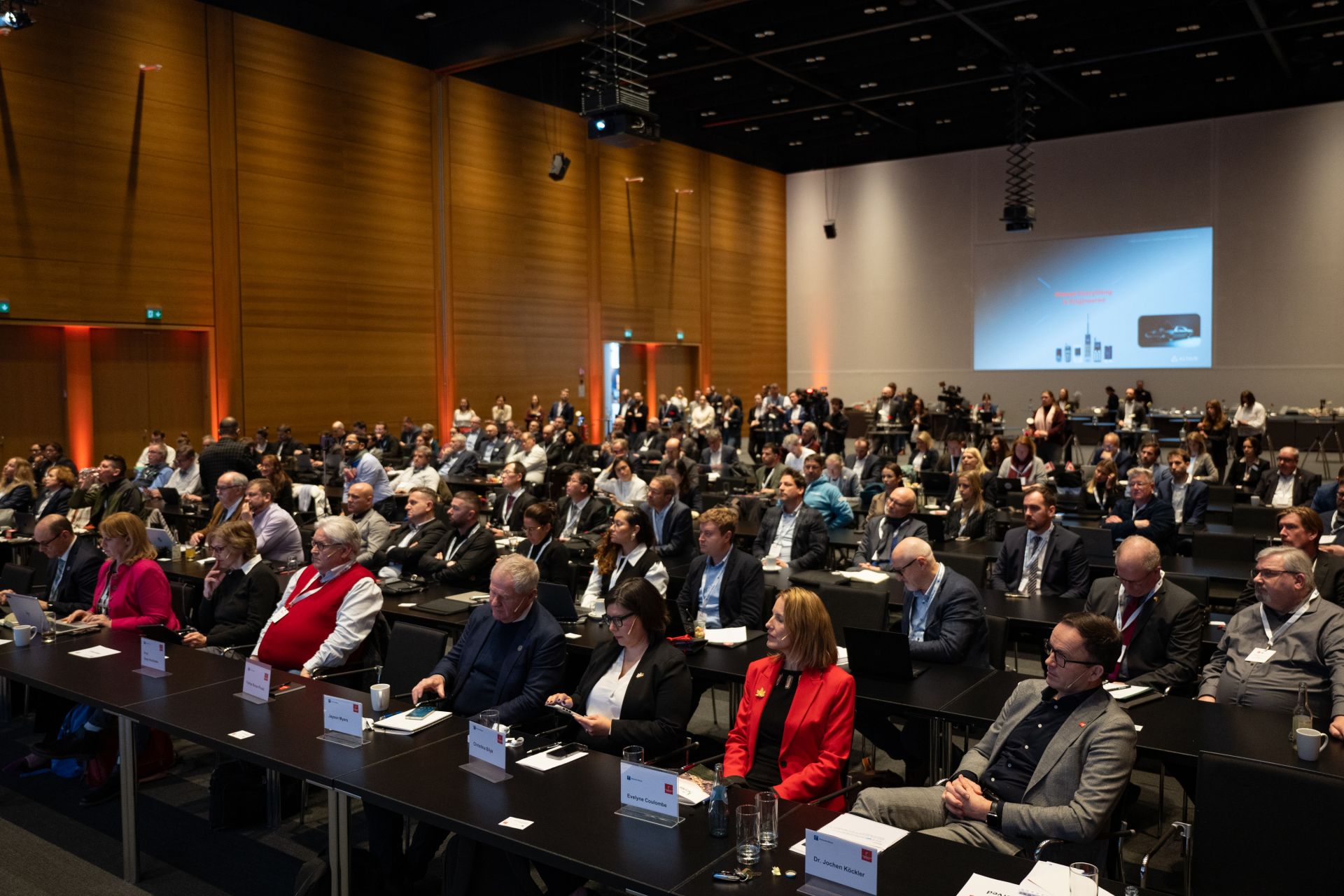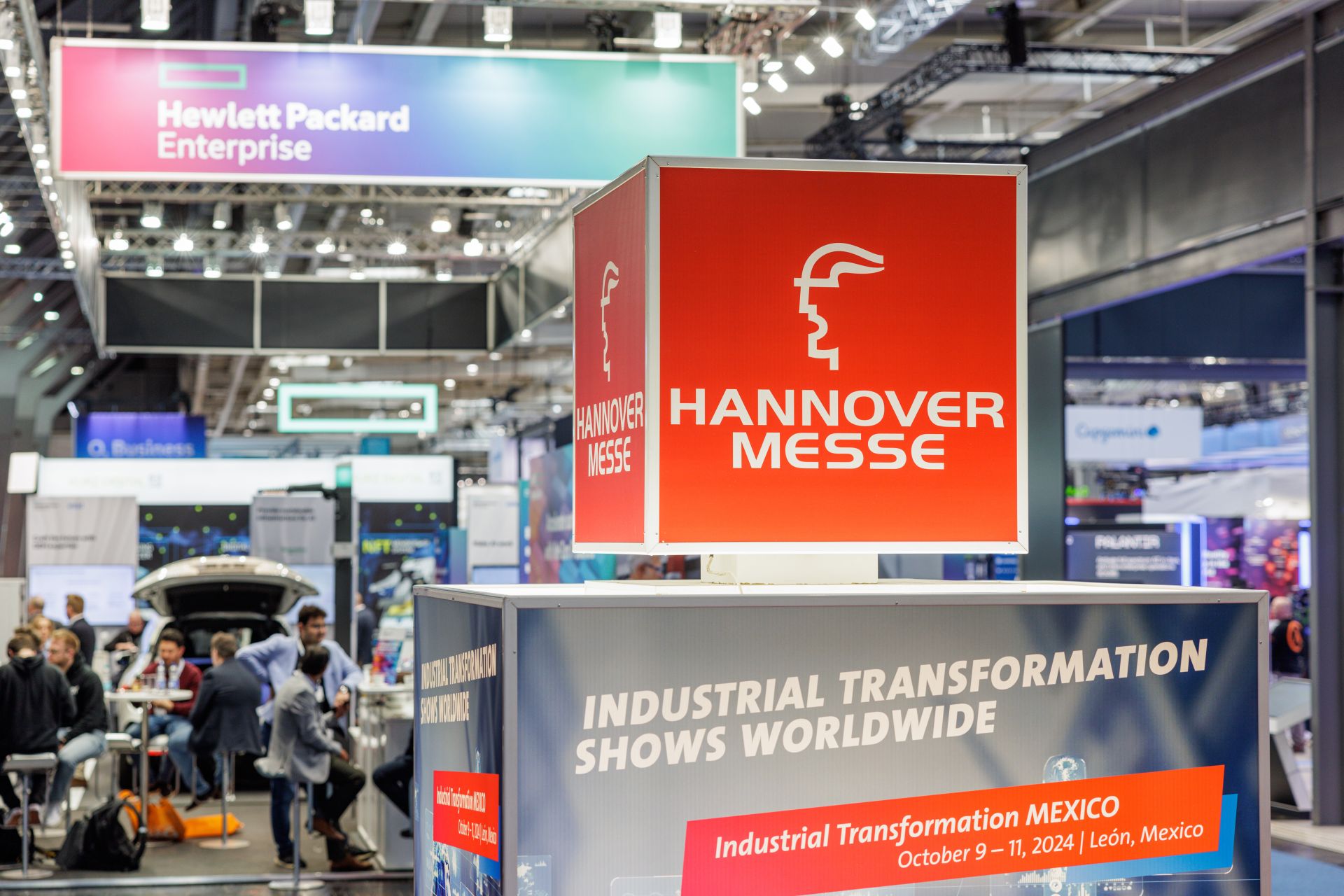news
News | Expo 2020
EXPO 2020: interview to Palladium Photodesign
INTERVIEW WITH PALLADIUM PHOTODESIGN - OLIVER SCHUH + BARBARA BURG
The official photo shoot for the UAE Pavilion and the Qatar Pavilion of EXPO 2020: an exciting adventure. Bringing Santiago Calatrava's creations to life.
We had the opportunity to ask Oliver Schuh and his colleague Barbara Burg some questions about their experience to portray the architectural works of Santiago Calatrava through photography and in particular the UAE Pavilion engineered, manufactured and now under maintenance by Duplomatic for the motion system of the roof.
A demanding job made even more complicated by the conditions in which the two artists found themselves working. Arriving in Dubai with 3 days of planned shooting ahead, they soon had a surprise. The photo shooting session, which took place in the days immediately before the Grand Opening of EXPO 2020 (24-26 September 2021), was cut to just 1 day of work due to organizational and logistical problems, being in fact a "race against time” by everyone to get ready for the opening ceremony.
Photographing two buildings of these dimensions, in a single day, is a difficult challenge because, as you can imagine, due to the light, especially in a country like the United Arab Emirates, it is not possible to really use the entire day. Therefore, the useful hours for the shooting were even less. In addition, there were still many people at work to finish the event and this made the job more difficult. Fortunately, they were finally granted an additional day of shooting, which allowed to capture some additional images. After shooting, it was, in fact, necessary to dedicate about a week of post-production to retouch and fix the best photos.
We asked Oliver and Barbara the following questions:
How do you manage to transform a building into a living image?
Light is the secret. Capturing the most beautiful light during the day is our challenge.
The opening and closing of the wings of the roof of the UAE pavilion, for example, required special light conditions to imprint the movement in the camera lens. We photographed it both early in the morning and at sunset until night.
The shots had to be the same to capture the differences, the shadows, and the nuances. Again, we photographed the subjects following the course of the sun from east to west to capture the best situations.
Thanks to the cooperation of the Duplomatic team, we have seen the wings of the roof of the UAE Pavilion open and close at least 3 or 4 times, to capture the movement in its fluidity and beauty. We even managed, using a long exposure, to capture the opening movement; it was really exciting.
We were able to take some shots also by positioning the camera on balconies overlooking the UAE pavilion, to have a broader point of view of the building itself. Unfortunately, it was not allowed to use drones and these shots were the only possible ones to raise the point of view.
Our team in the field consisted of the two of us photographers and a collaborator of Architect Calatrava who accompanied us to explain the salient aspects of the two buildings.
What was the biggest challenge in this job?
It may sound strange, but the main problem was temperature. In the United Arab Emirates in September, it is still very hot and very humid, which made it difficult to work outdoors.
And then, as mentioned, the large finishing works that made the area full of people on the move, placed serious limitations on the shots.
From your artistic point of view, what was the main impression you had when observing the two buildings?
The UAE Pavilion is a truly grandiose building, resembling a cathedral in its being large and full of light. The exterior and interior are truly memorable. In addition, the silent and harmonious movement of the wings is very impressive. An essential and unforgettable impression.
The Qatar pavilion is smaller but equally full of interesting lights and shadows for the eye of a photographer and beyond.
How do you prepare a photoshoot of a building?
We initially study the architectural layout, the map, the details so as not to lose the relevant aspects. Calatrava's buildings are always very complex.
We have been working for him for over 20 years, starting with the first calendar featuring the review of his works around the world. We photographed buildings and constructions in Europe, Middle East, USA.
I remember very well the Italian works: the Reggio Emilia railway station, the bridges in the area surrounding the railway and the Ponte della Costituzione in Venice.
How did you become a professional photographer in a sector as specialized as Architectural Design?
Barbara and I met at the University of Dortmund, near Cologne. We were both studying photography. We were fascinated by a professor who made us love the profession of photographer of the architectural design.
We have worked on many modern and contemporary buildings, like those of Renzo Piano or Bjarke Ingels Group (BIG), but Calatrava's works are always very fascinating. The challenge is to be able to represent its energy, shape, movement and never risk creating boring images.
Photography for architects is the most important medium for communicating their work. The images carry the architect's original ideas and spread them both for those who can see the buildings with their own eyes and for those who are far away. And the greatest compliment is when the architect says that we have discovered moods and angles of the buildings in our photos that he has not yet seen himself.
Our meeting with two artists like Oliver and Barbara, communicative and able to tell the beauty not only with photography but also through a storytelling, was a genuinely interesting experience.
Thank you for the time you have dedicated to us!
Palladium Photodesign was founded in 1992 by the photographers Barbara Burg and Oliver Schuh. Since then, the focus of their work has been on architectural and interior design photography.
In addition to well-known industrial companies, their clients include international architectural firms, project developers and real estate funds.
They also work internationally for advertising agencies, publishing houses and architectural magazines.
An overview of their work can be found on the website www.palladium.de
 en
en  it
it







